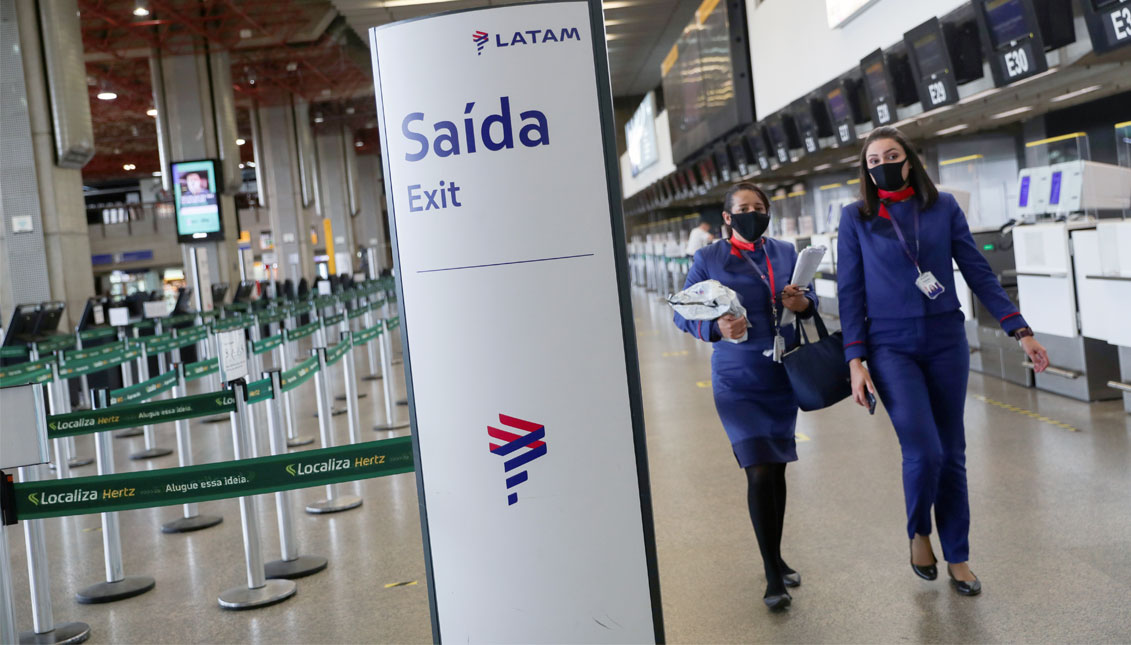
Latin America's Largest Airline Files For Chapter 11
Latam, the largest airline in Latin America, filed for Chapter 11 bankruptcy.
"Chapter 11 bankruptcy" is a name that produces strangeness and, easily, confusion. Chapter 11 is a legal figure that allows companies or individuals at risk of bankruptcy to reorganize their debt so that they can continue to operate and pay the money they owe.
In other words, it is seeing the edge of the cliff and looking for another route before falling off.
This is what Latam, the largest airline in Latin America, is seeking to do in order to survive the crisis resulting from the pandemic.
Its subsidiaries in Chile, Peru, Colombia, Ecuador and the United States would enter this restructuring process (in the cases of Colombia, Ecuador and Peru, the airline is also negotiating with the governments of these countries in search of their economic support).
According to the press release and infographic published with the business group, unlike other companies that have taken advantage of this figure, Latam began the year with a good financial status and being economically viable.
This gives it air to resist, in addition to an injection of capital for 900 million dollars that it will receive from its main investors. With these funds, they have said, they seek to respect all the commitments previously made both to clients and to suppliers and employees - which numbered around 40,000 until a few months ago.
With Latin America, two major airlines in Latin America are now taking up Chapter 11 in the wake of the COVID-19 pandemic (the first was Avianca, the second oldest airline in the world).
RELATED CONTENT
The aviation and tourism sectors - which are closely related - are two of the sectors that have received the most brutal economic blows caused by the pandemic by having to reduce their operations at a dizzying speed and without much possibility of adaptation as long as the virus is not contained.
Two horizons that have emerged are local tourism, which is expected to grow everywhere, on the one hand because as the population has lost purchasing power due to the economic crisis it will tend to seek out closer destinations, and on the other hand because the revival of tourism and international travel will depend on the success of each country in containing the pandemic.
In the case of those places that succeed, or to the extent that they do, another alternative that is beginning to emerge is that of making "travel bubbles": allowing the transit of goods and people between similar countries in terms of their epidemiological circumstances.
According to The Economist, the bubbles that would be possible at this time -between Asia and Oceania and another smaller one in Europe- could add up to 35% of global GDP, 39% in goods and services and 42% of global consumption in tourism.
Even so, both scenarios depend on many variables that have yet to be defined. Undoubtedly, both tourism and aviation will undergo a substantial transformation in the coming months.











LEAVE A COMMENT:
Join the discussion! Leave a comment.